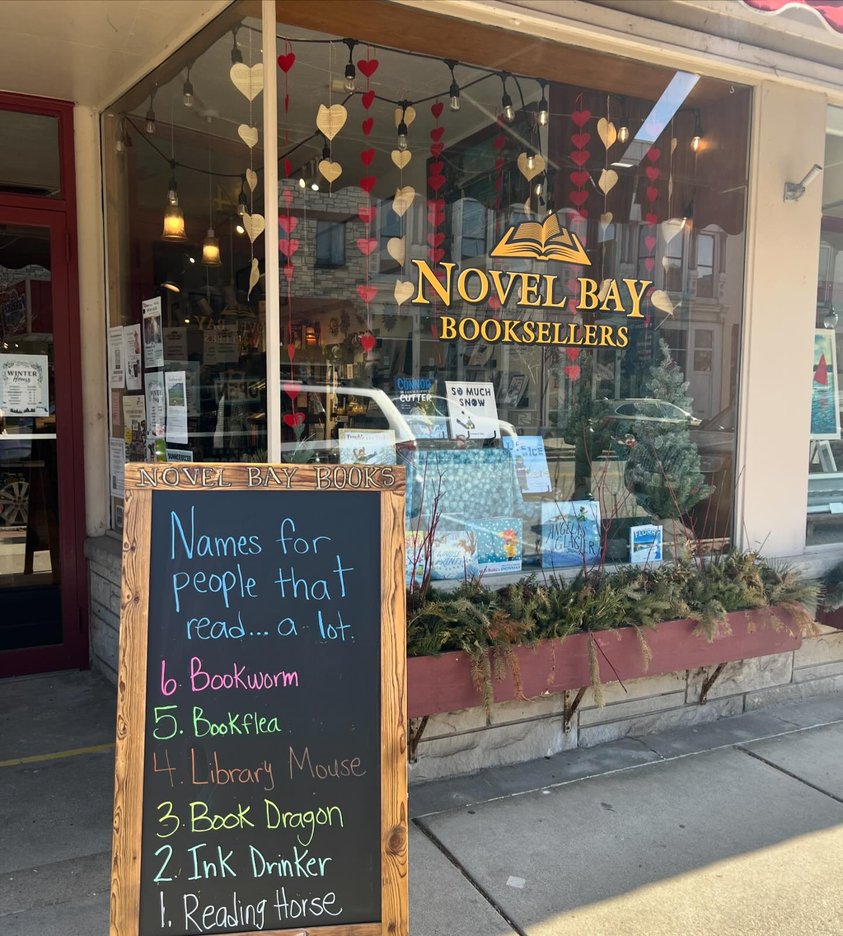 Among the many contributors to Among Friends: An Illustrated Oral History of American Book Publishing & Bookselling in the 20th Century, published last fall by Two Trees Press and distributed by Ingram Content Group, is Walter Weintz, who held several executive positions at Workman Publishing. Here we reproduce his contribution, which focuses on publishing legend Peter Workman.
Among the many contributors to Among Friends: An Illustrated Oral History of American Book Publishing & Bookselling in the 20th Century, published last fall by Two Trees Press and distributed by Ingram Content Group, is Walter Weintz, who held several executive positions at Workman Publishing. Here we reproduce his contribution, which focuses on publishing legend Peter Workman.
I arrived at Workman Publishing after preparing for 27 years at St. Martin's, Random House, Simon & Schuster and other houses led by talented executives whose businesses were large, well-oiled machines.
My new home was many things, but no one could ever accuse it of being a machine. Workman at the turn of the 21st century was a spirited, irreverent, scrappy place that preserved the nimbleness of a start-up long after it had become one of the industry's most successful trade houses. It was a great place to work, in spite of the Dickensian conditions--e.g., torn carpets held together with duct tape, a tribute to Peter Workman's frugality. I was delighted to be joining such a creative group, led by a trailblazing publisher who was a true living legend.
It soon became apparent that I had more to learn from Workman than Workman had to learn from me. My job as chief operating officer was to understand the distinctive properties that had made the company so successful, and to protect, nourish and deploy them. It was also, in more practical terms, to help sell the bejesus out of each and every title to each and every sales channel under the sun.
"I like profits as much as the next guy," Peter once told me. "But the way to be profitable is to come up with a strong, original, saleable idea for a book; make it look very special; price it to sell; and then promote it relentlessly--not just for a week or a month, but for as long as it has commerce in it." As I soon discovered, Workman was more profitable than any imprint I'd ever worked for.
Peter's books were his babies. Many arrived long after their due dates--hence the inscription on a Workman tote bag given away one year at an ABA convention: "No Book Before Its Time." Booksellers were not amused by the frequent delays of new titles, though they had great respect for Peter's insistence that no book be published until was as good as could be. They also respected his fierce desire to sell large quantities.
If he didn't think a title had the potential to sell at least 100,000 copies, he wasn't interested. His philosophy was to introduce a small number of new titles each season, and to sell truckloads of each. Fewer titles made it easier to devote the necessary resources and attention to every book. This philosophy worked, year after year: over a third of Workman titles went on to sell more than 100,000 copies, and dozens over a million copies. As far as I know, it is a success rate unmatched by any major publisher in the 20th century.
Many titles took years to reach the million-copy mark. How different from the Big Houses, where it was all about frontlist success and the typical shelf life was (as Calvin Trillin quipped) somewhere between milk and yogurt. Backlist sales were usually around 80% of the Workman imprint's business, and an astonishingly high percentage of titles have never gone out of print. Peter was in it for the long haul.
A great example is 1,000 Places to See Before You Die, which was released in 2003. Author Patricia Schultz was invited to Peter's office one day to discuss a book project he'd dreamed up: would she be interested in writing the text for a book about 100 places in the world that every armchair traveler should visit? Patricia said she'd be happy to discuss it further. A couple of weeks later, Peter asked her to come in again. The concept had changed since their first conversation: it was now 1,000 Places to See Before You Die.
Nine years later, it was published, and became a huge bestseller with many millions of copies in print, plus related books, diaries, and calendars. I'm told that when it was first presented at sales conference, there was a near-mutiny because of the title. "Putting the word 'die' in the title will kill it, Peter. Change the title!" pleaded the sales force. If he'd listened to conventional wisdom, it probably would have disappeared into a faceless sea of spine-out travel books.
1,000 Places to See Before You Die was also tremendous value: almost 1,000 pages of immersive around-the-world explorations for only $18.95. Any other publisher would have charged much more, either because they believed the market could bear a higher price, or because their pre-publication P&L said the retail had to be higher for the book to make money.
Over the years, publishers have gone broke trying to price books the Peter Workman way. But that's because their books weren't as saleable as Peter's. His great genius, and the foundation of his success, was his ability to come up with--and to encourage friends and associates to come up with--ideas for smart, original, saleable books that were strikingly packaged, attractively priced and promoted with flair. Product + Package + Price + Promotion = Profits. It's a pretty simple formula that, in theory, anyone can imitate. And many, over the years, have tried (much to Peter's wrath!). But all have fallen short because the ideas and execution weren't informed by his creativity, drive, ambition and sheer intelligence.
Peter was never satisfied. He always pushed himself and those around him to achieve better results. A cover could always be improved with one more tweak--unless, of course, Paul Hanson put his foot down and declared "it's done." A sales letter could always be improved with a better, more effective pitch. A marketing campaign was always in need of one more smart, original idea.
Peter's belief in his books and their authors was a constant reminder of what makes this business so special. Of course, there's a certain amount of pain and failure and tedium, but if you follow the path that Peter laid out, there's a lot of fun to be had along the way, and ultimately the gratification of having created books that are a source of useful information and/or entertainment for millions of people.
Much has changed since B. Kliban's cat was launched on an unsuspecting world in 1975, but if its founder could visit Workman Publishing today, I am sure he would recognize--and be pleased to see--a company that still bears his indelible imprint on both its spines and its spirit. And that, one suspects, might satisfy even Peter, the perfectionist who professed never to be satisfied.
 BestCellar Book Bar will open next summer in the new Main Center building at 9560 Main St., Suites 2 and 3, in Clarence, N.Y. Devon Powers, co-owner with her father, Peter Powers, wrote on social media last week: "Some exciting news!! I'm happy to announce that I'm opening a bookstore bar in Clarence, N.Y. called BestCellar Book Bar! A place to go to buy a book, read with a drink in your hand, gather with friends or hold your book club meetings. Doors are set to open June 2024. I hope to see everyone there!"
BestCellar Book Bar will open next summer in the new Main Center building at 9560 Main St., Suites 2 and 3, in Clarence, N.Y. Devon Powers, co-owner with her father, Peter Powers, wrote on social media last week: "Some exciting news!! I'm happy to announce that I'm opening a bookstore bar in Clarence, N.Y. called BestCellar Book Bar! A place to go to buy a book, read with a drink in your hand, gather with friends or hold your book club meetings. Doors are set to open June 2024. I hope to see everyone there!"





 "Please pray for [employee] Santana," Gotham City Limit posted on social media. "
"Please pray for [employee] Santana," Gotham City Limit posted on social media. " Beth Stroh, owner of
Beth Stroh, owner of 

 "Tulsa artist Kayla Magnuson has finished her
"Tulsa artist Kayla Magnuson has finished her 

 Among the many contributors to
Among the many contributors to